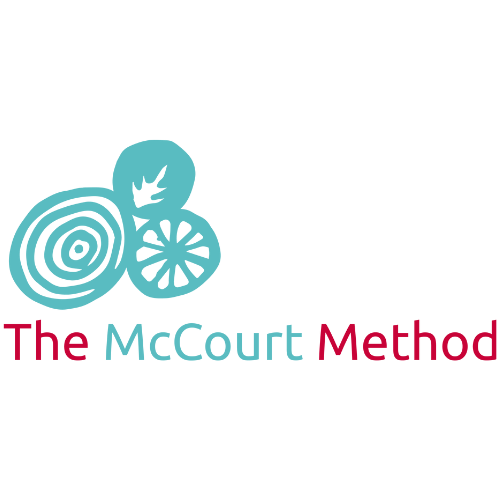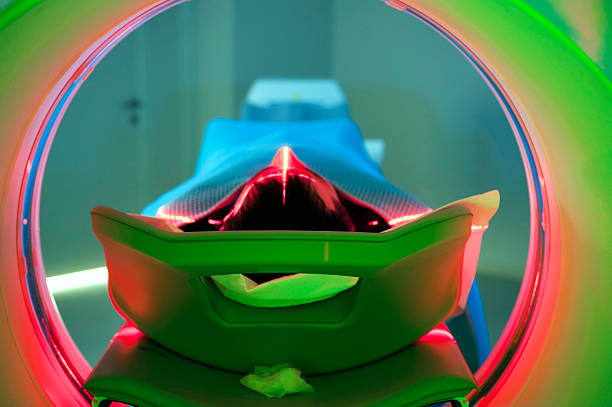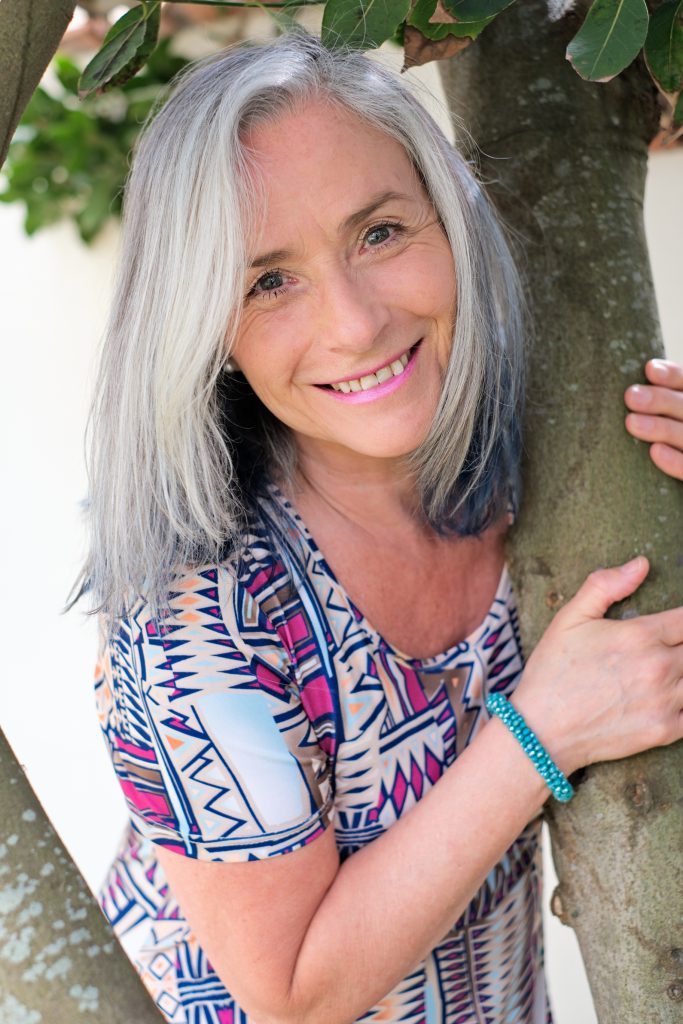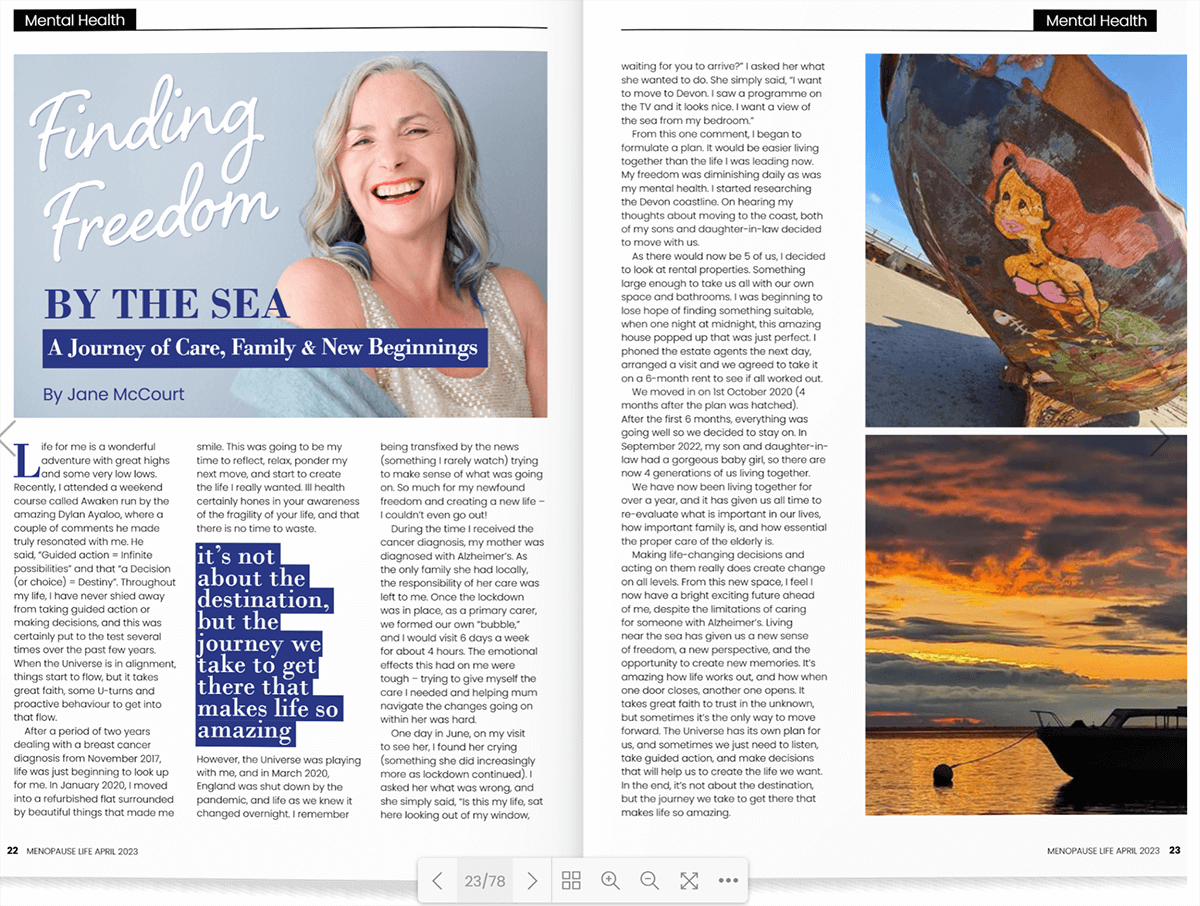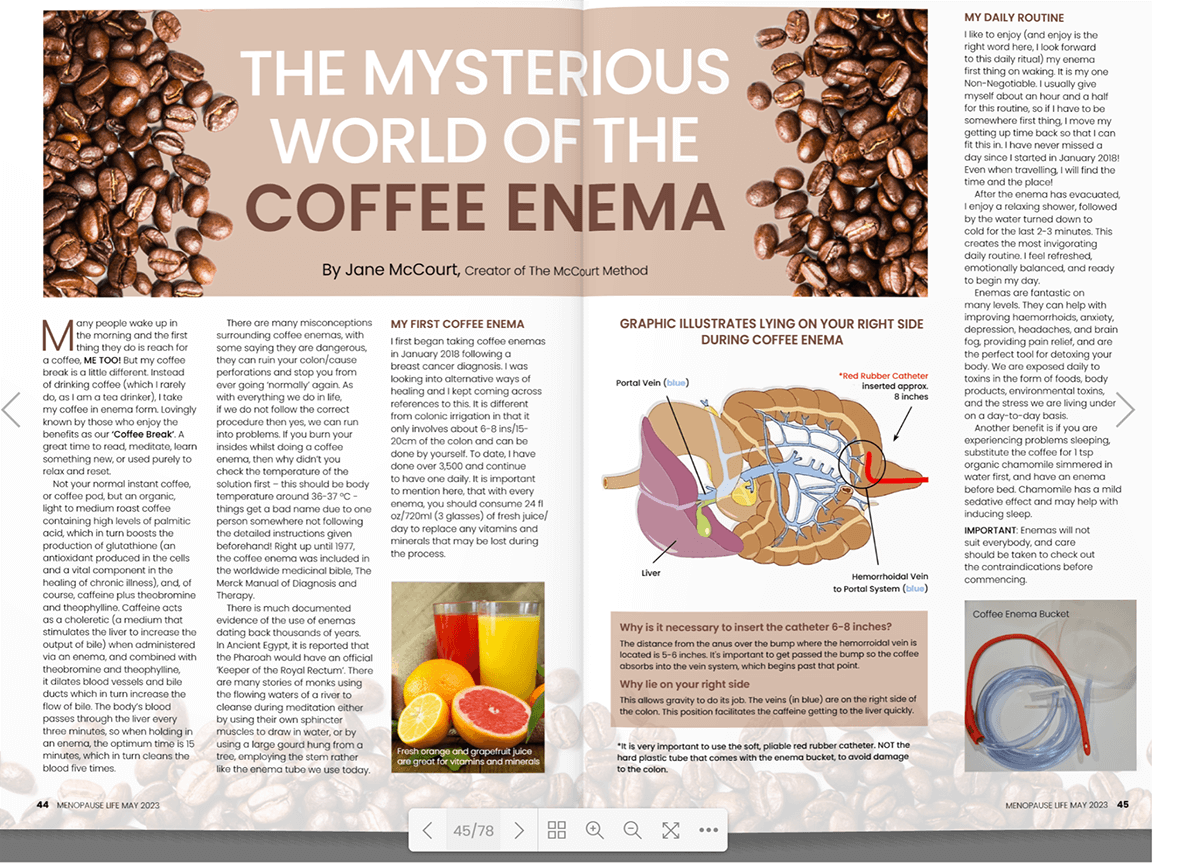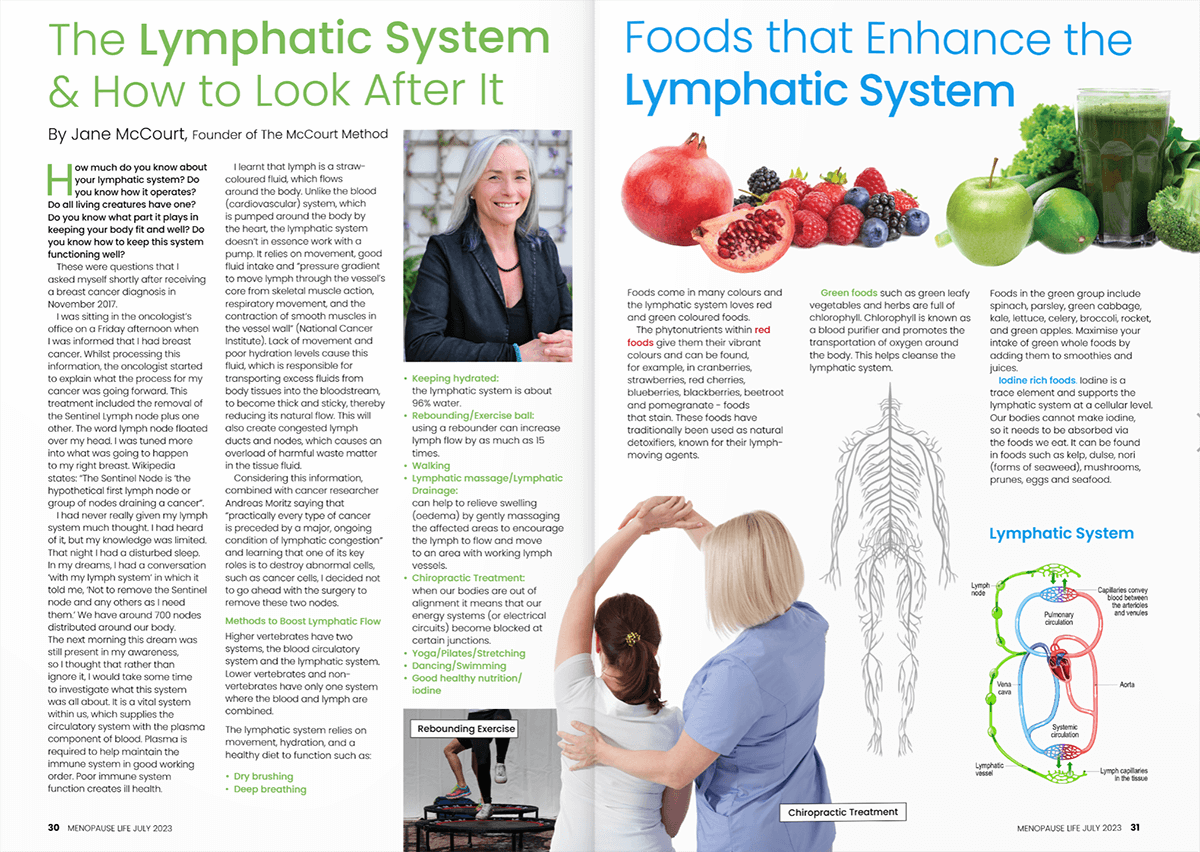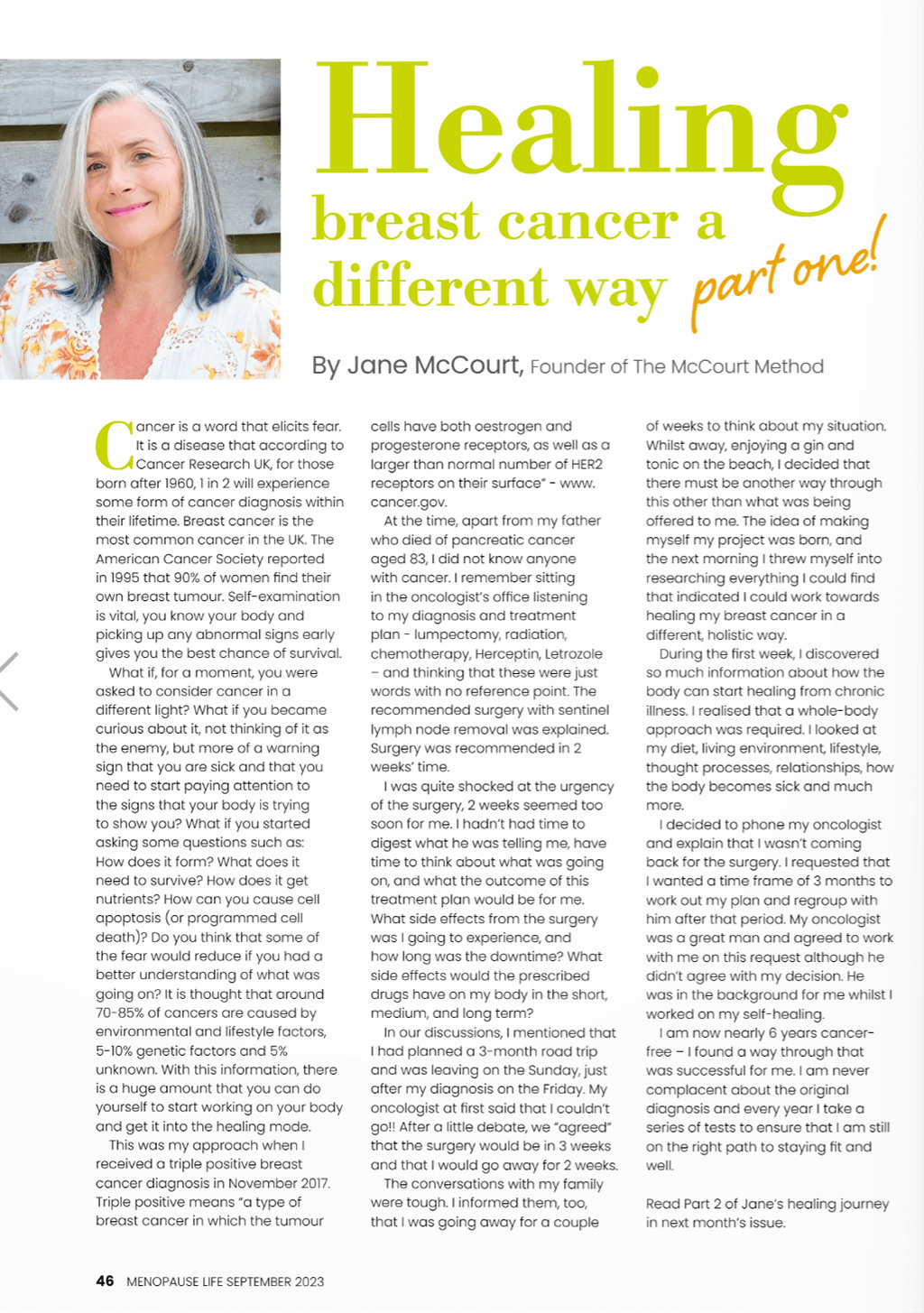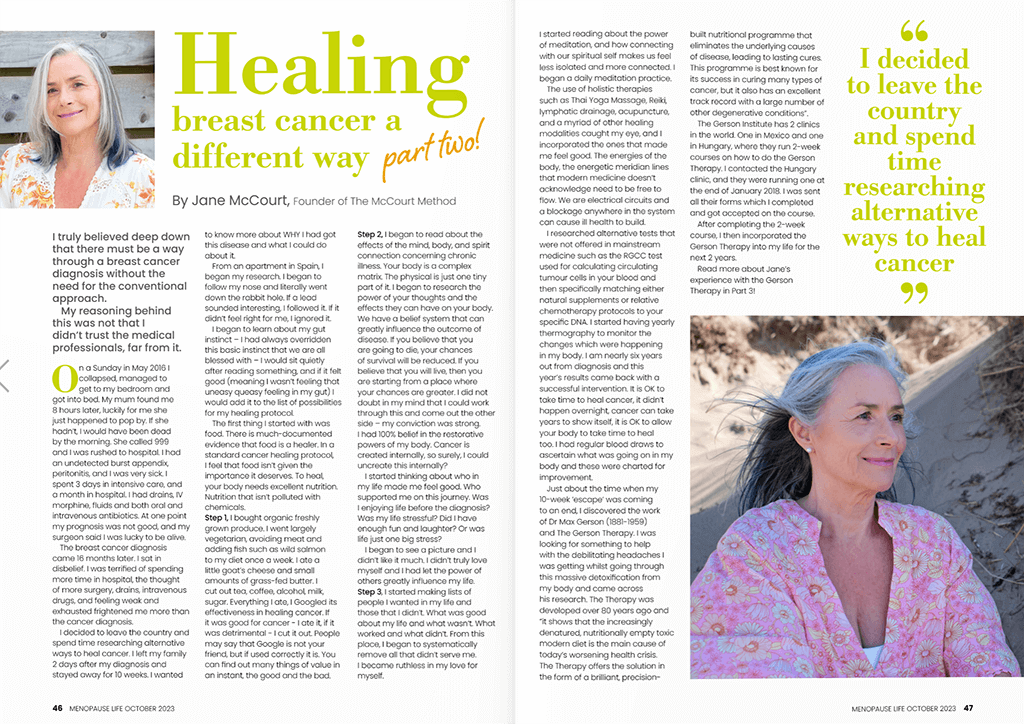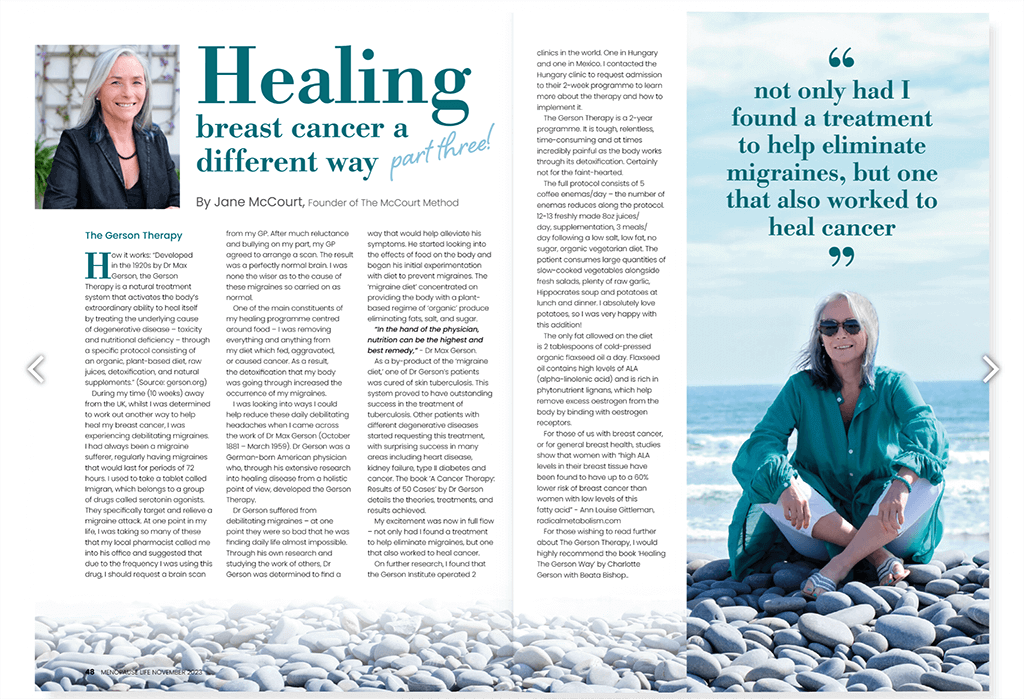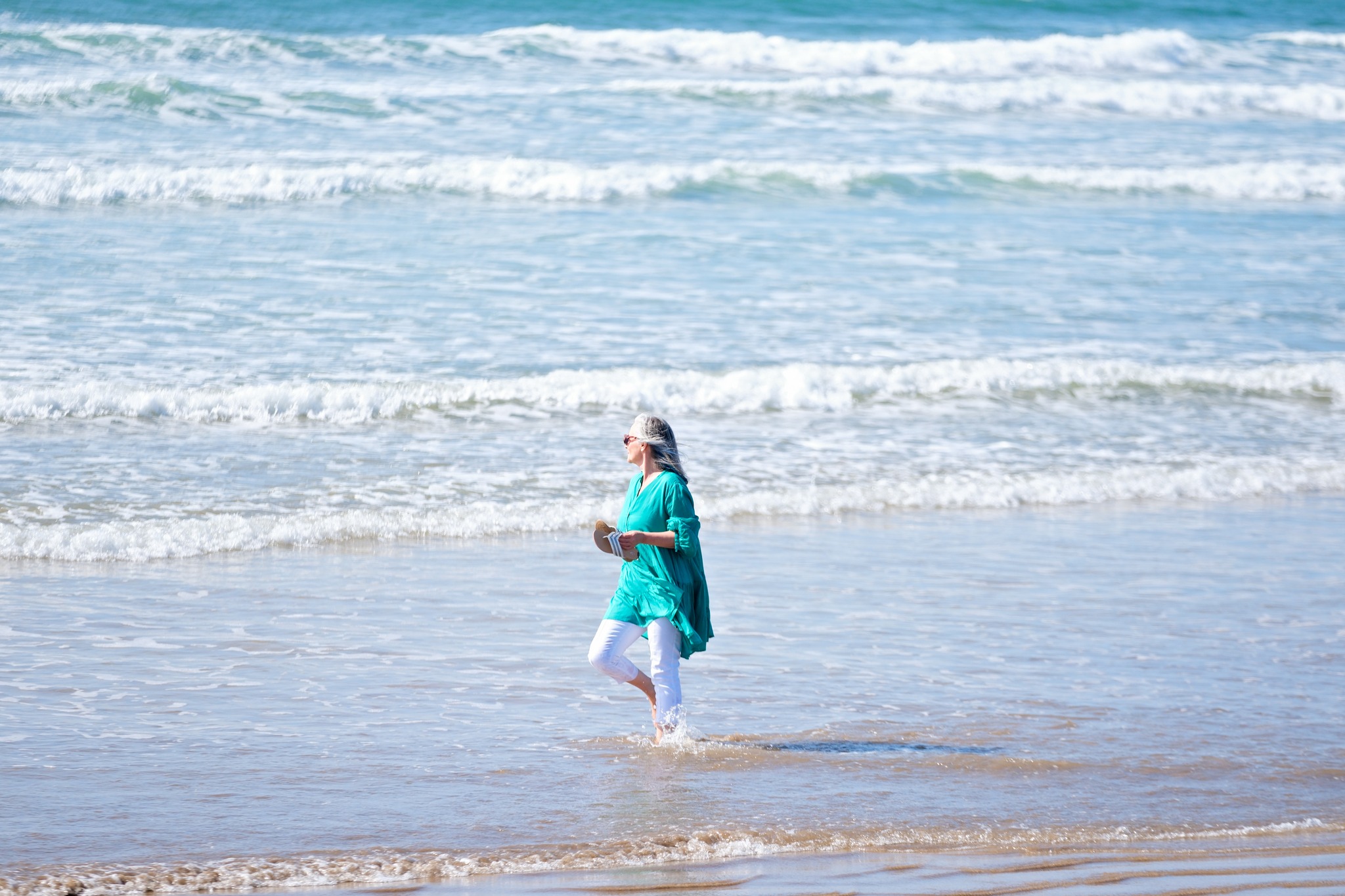TRACKING BREAST CANCER WITH THERMOGRAPHY
NOBODY WANTS A CANCER DIAGNOSIS, YET 1 IN 2 WILL MOST LIKELY GET SOME FORM OF CANCER DIAGNOSIS DURING THEIR LIFETIME.
I was one of the 1:2 who got a cancer diagnosis – triple positive breast cancer in November 2017.
We are as afraid of talking about cancer as we are of talking about death.
MY QUESTION TO YOU IS: Are we looking at cancer occurrence from the wrong angle? AS PEOPLE WITH CHOICES – And yes, we all have choices – are we making the wrong choices in our day to day lives? Is the general information out there misleading us to think there is little we can do to change the statistics of 1:2?
Only 5–10% of all cancer cases can be attributed to genetic defects, whereas the remaining 90–95% have their roots in the environment and lifestyle. The lifestyle factors include cigarette smoking, diet (fried foods, red meat), alcohol, sun exposure, environmental pollutants, infections, stress, obesity, and physical inactivity.
It is about time that everyone started to take notice of the above findings from the PubMed article highlighted in red above. These facts are lifechanging.
I decided that there must be more to discover about the cancer diagnosis I received than the medical professionals were leading me to believe. They have an urgency that as soon as you are diagnosed, they want to put you into the process of helping you. A long process of surgery, chemotherapy, and radiation. Most cancers do not just appear overnight, they can take years to form a noticeable tumour. So why the immediate rush to enter into the ‘fight against cancer’, to try and exterminate it with toxicity. A cancer diagnosis is already a sign that your body is toxic!
I made myself my project – a project requires a plan of execution, a monitoring system in place to chart your progress.
Alongside the biopsies, mammogram, and ultrasounds, I decided to invest in thermograms as an additional monitoring system. I have been charting the results of the thermograms since 2017.
My most recent thermogram was in April 2024. I am fascinated by the progress of healing that my body has made during this time of working with my body to help it get into a healthy position to begin healing.
Medical Thermal Imaging say:
Understanding Your Breast Thermogram Report
One of the most commonly asked questions is how a breast thermogram is analysed and what the data means. Under the quality assurance guidelines, strict pre-imaging preparation and imaging laboratory protocols are followed first before each patient is imaged. Using specialised infrared sensing cameras coupled to sophisticated computerised image processing systems, the heat emanating from the surface of your body is generated as an image. The image displays both the intensity of the heat and the course of the superficial blood vessels. Each breast is compared to itself and the opposite breast against a research established normative database. Areas that show abnormal blood vessel patterns are assigned a value. Temperature data is also taken and compared as a difference between the same areas on the opposite breast. This is known as a temperature differential or delta temperature (Delta-T). These temperature readings are also assigned a value. When the blood vessel pattern and temperature values are combined a TH (thermobiological) grading is produced. Each breast is given a TH grading.
So, what does this all mean? Breast thermograms are graded on a scale from TH1 to TH5. As TH values rise from the TH3 range and above there is an increasing risk that an abnormal process might be present, or that you may be at a higher risk for cancer in the future.
Thermal Analysis
Rating scale used for breast evaluation purposes. It is noteworthy that the TH system is not a comparative rating to BI-RADS.
Breast Imaging Reporting and Database System score
researchgate.net
- The BI-RADS score is an acronym for the Breast Imaging Reporting and Database System score. It’s a scoring system radiologists use to describe mammogram results.
TH-1 Symmetrical Bilateral – Non-Vascular (non-suspicious, normal study)
TH-2 Symmetrical Bilateral – Vascular (non-suspicious, normal study)
TH-3 Equivocal – Low index of suspicion
TH-4 Abnormal – Moderate index of suspicion
TH-5 Suspicious – High index of suspicion”
MY RESULTS FROM 2017 – 2024
2017 – Right breast: TH-4 Left breast: TH-4
2022 – Right breast: TH-3 Left breast: TH-3
2024 – Right breast: TH-2 Left breast: TH-2
2024 INTERPRETATION: No interval changes: There are no significant thermal changes noted in the breasts compared to the most recent study dated 18 April 2023. The nipple and areola areas as well as global breasts continue to show minor temperature differentials. Thermal patterns and temperature differentials are stable. There is no thermal indication of neovascularity. The long-term stability of all thermal patterns continues to show a reliable comparative record of stable physiology with no indication of tissue changes.
TH-2 Symmetrical Bilateral – Vascular (non-suspicious, normal study)
I have been on this healing journey for nearly 7 years, and yes it has taken time to get a reading of TH-2. It is most likely that my normal reading is TH-2 and I may never reach TH-1.
My health status is excellent, I am well, vibrant, and enjoying life.
I would be lying if I said that it had all been easy, that there weren’t struggles along the way. That it required determination, dedication and 100% belief that I could achieve this outcome without the medical system intervening. But here I am. I shall continue with my protocols, and monitoring my life, and not resenting the life changes that I made along the way.
These life changes literally saved my life.
If you would like to know more about my journey, please head over to my website and see what I am all about. Send me a message if you would like a chat – I would love to hear from you.

